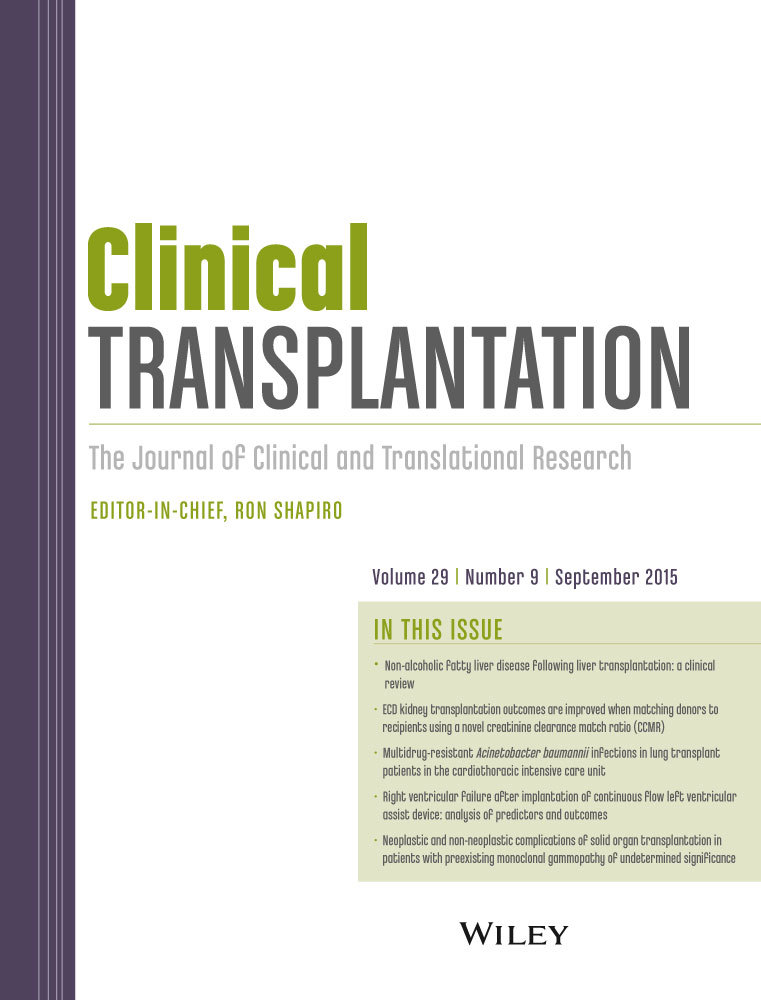Right ventricular failure after implantation of continuous flow left ventricular assist device: analysis of predictors and outcomes
Abstract
Postoperative right ventricular failure is a serious complication for up to 50% of patients following LVAD insertion. Predicting RV failure is an important factor for patients as planned BiVAD support has been shown to correlate with better outcomes compared to delayed BiVAD to LVAD conversion. This retrospective study examined prospectively collected data for 101 patients implanted with an LVAD between 2003 and 2013, aiming to establish preoperative predictive factors for RVF post-LVAD insertion, analyze outcomes, and validate existing RVF scoring systems. In our cohort, 63 patients (62.4%) developed RV failure and consequently demonstrated consistently poorer survival throughout the follow-up period (log-rank p = 0.01). Multivariable logistic regression identified two significant variables: cardiac index <2.2 preoperatively despite inotropic support (OR 4.6 [95%CI 1.8–11.8]; p = 0.001) and preoperative tricuspid regurgitation (OR 8.1 [95%CI 1.9–34]; p = 0.004). Patients who developed RV failure had more complicated postoperative courses including longer ICU stay (p < 0.001), higher incidence of transfusions (p = 0.03) and re-intubation (p = 0.001), longer ventilation duration (p < 0.001), and higher incidence of returning to theater (p = 0.0008). This study found that previous validation models had only moderate correlation with our population emphasizing the need for prospective validation of these scores in the current era of continuous flow devices.




